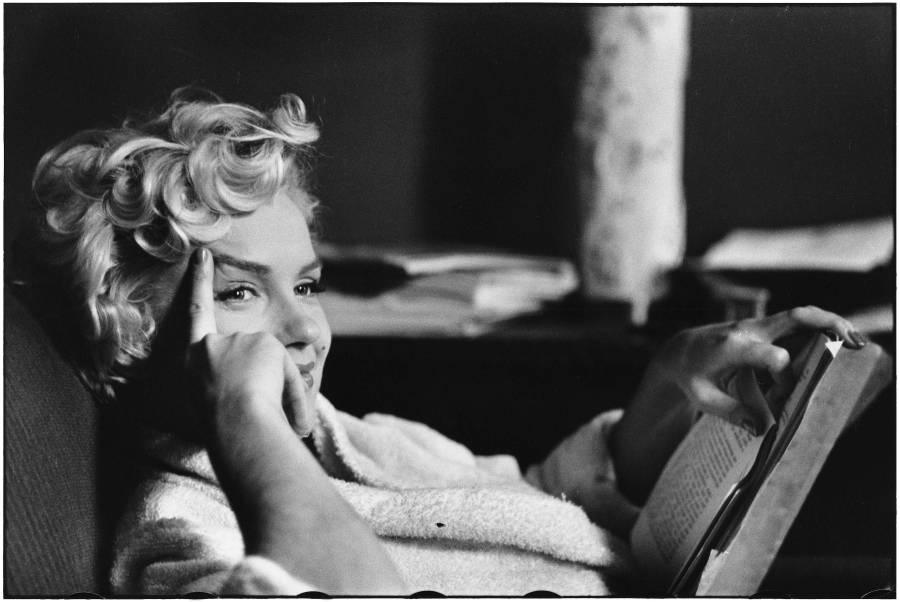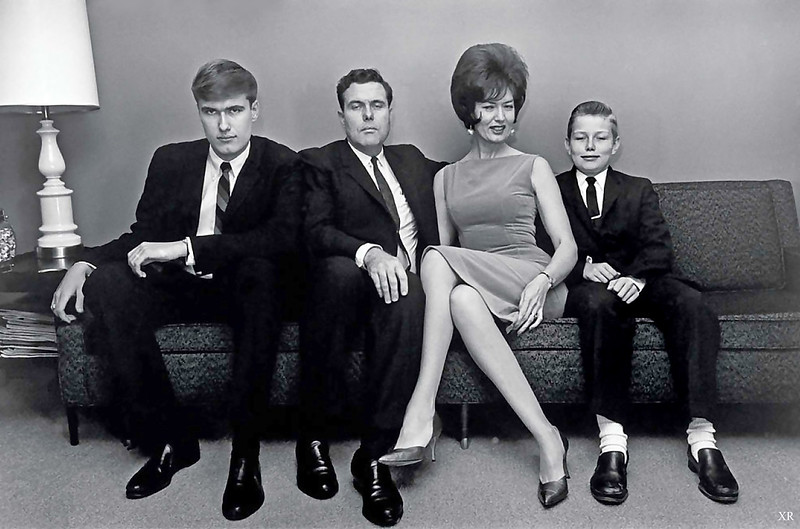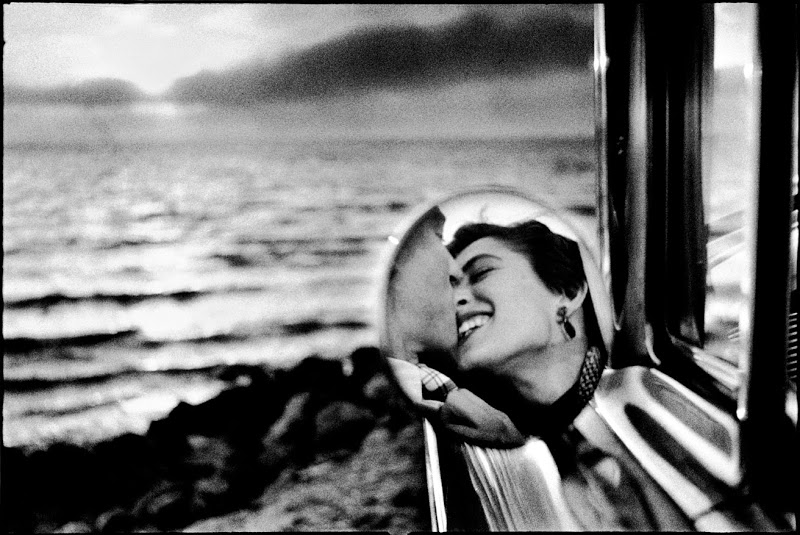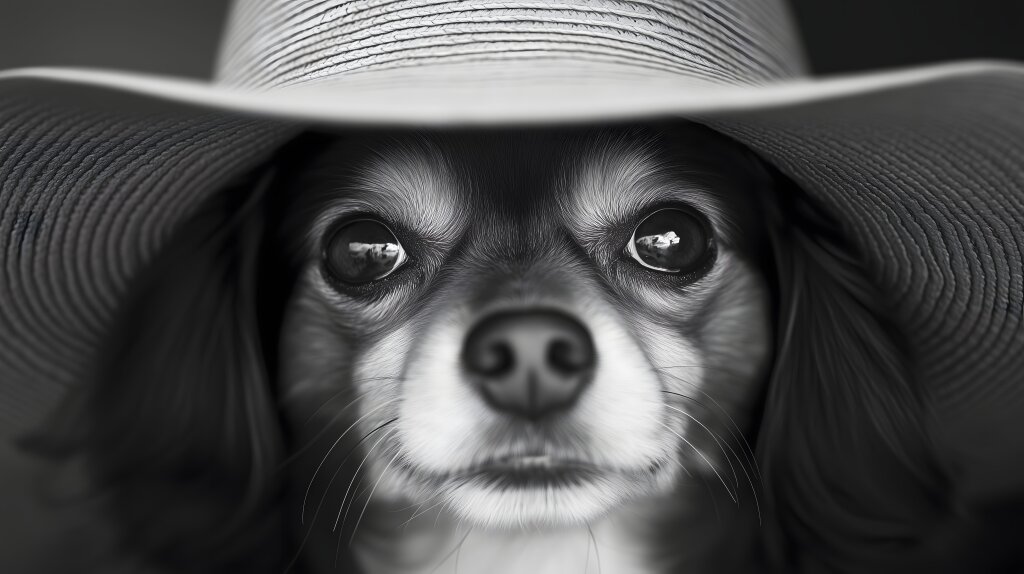Elliott Erwitt: Iconic Magnum Photographer of Humor and Emotion
Early Life and Background
Elliott Erwitt was born on July 26, 1928, in Paris, France, to Russian-Jewish parents. When he was just 2 years old, his family moved to New York City, where he grew up. Erwitt’s interest in photography started in his teenage years. He attended the Art Institute of Chicago, where he studied art, and later continued his studies at Los Angeles City College, learning the technical aspects of photography. It was during his college years that Erwitt first started experimenting with photography and developing a love for it.
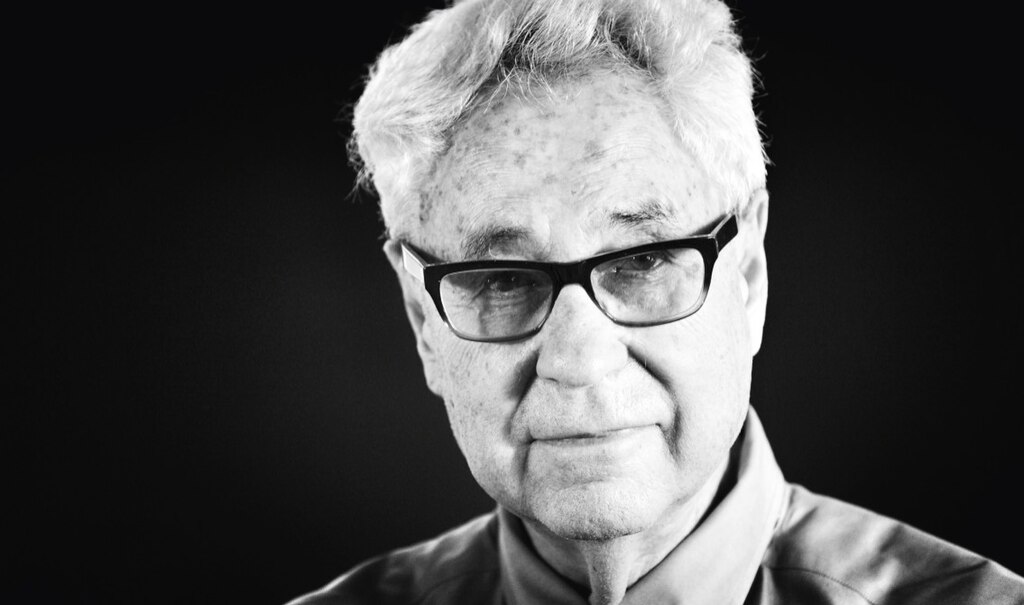
Starting His Photography Career
After finishing his studies, Elliott Erwitt moved to New York City to begin his career in photography. In the early 1950s, he worked as a freelance photographer for several magazines, including Life, Look, and Paris Match. Erwitt’s big break came in 1953 when he joined Magnum Photos, one of the world’s most famous photography agencies. At Magnum, he worked alongside legendary photographers like Robert Capa and Henri Cartier Bresson. Erwitt’s work quickly gained recognition for his ability to capture candid and humorous moments in everyday life.

Style and Influence
Elliott Erwitt’s photographic style is known for incorporating humor, simplicity, and visual wit. He has a keen eye for catching moments that show the quirky, often ironic side of life. His photos often feature people in unexpected situations or animals interacting with humans in funny or touching ways. Erwitt’s photographs were groundbreaking because they didn’t just document reality—they told stories and sparked emotions through playful yet insightful imagery.
Elliott Erwitt is best known for his black-and-white images, but he also experimented with color photography. His black-and-white photos are filled with contrast, shadows, and light, which brings depth and clarity to ordinary scenes. His photography style is also characterized by its minimalism, with an emphasis on the subjects and what they are doing. He often captures spontaneous moments, allowing his subjects to appear natural and unposed.
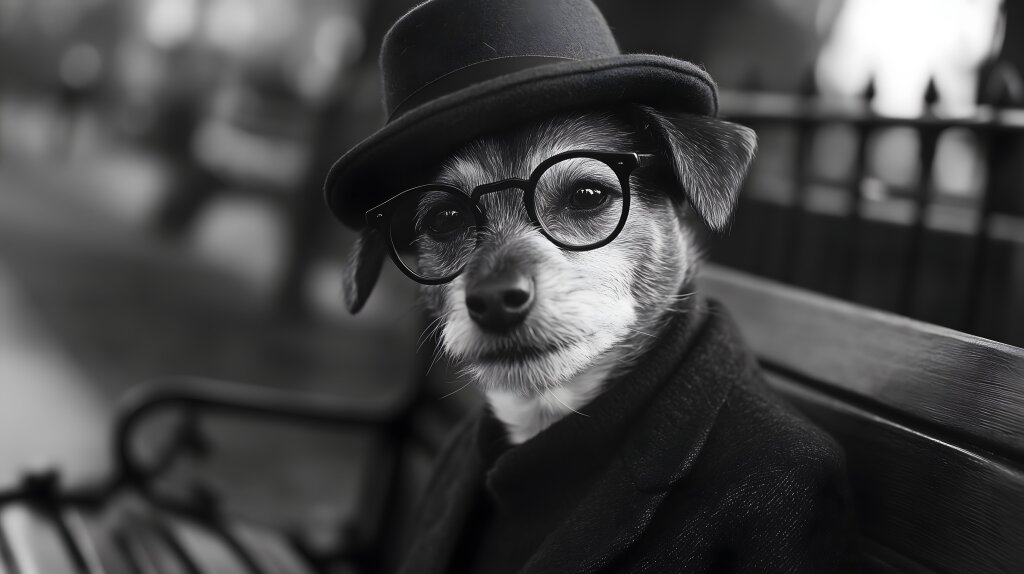
One of his most famous subjects is dogs, and he often photographed them in amusing, anthropomorphic ways. He also frequently captured the dynamics between humans and animals, highlighting their similarities, which has become a signature element of his work.
Notable Work and Recognition
The photographs of Elliott Erwitt have appeared in magazines, books, and exhibitions worldwide. One of his most well-known images is of a dog that looks almost human as it stares at the camera, with its rear end in the foreground. This photograph became one of the most iconic images in photography history. Another popular photo by Erwitt is the famous shot of President John F. Kennedy with his family in 1963. His images often play with perspective, placing the viewer in a position to observe something unusual or humorous.
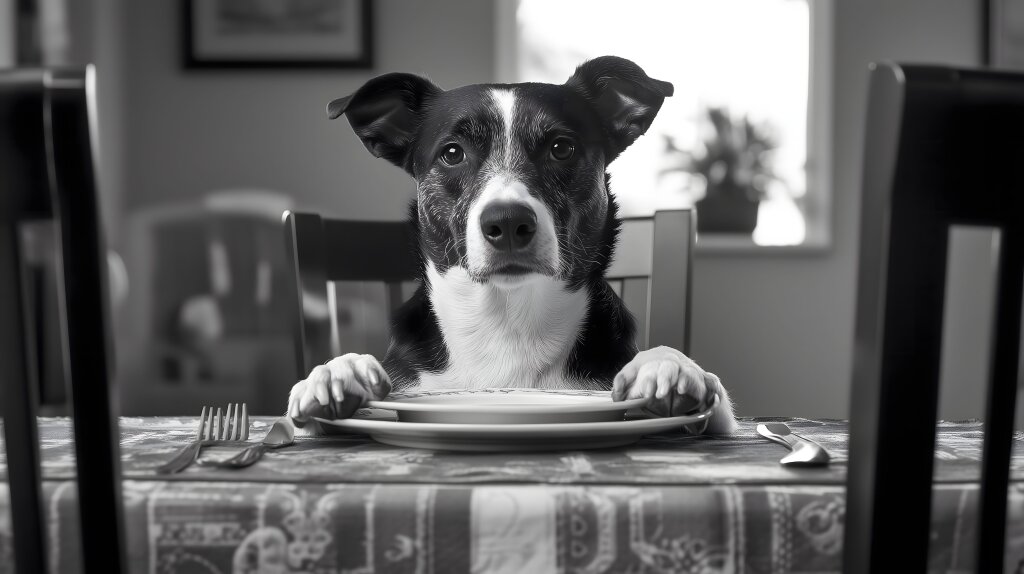
Numerous solo exhibitions around the world have featured Erwitt’s work, including at prestigious institutions like the Museum of Modern Art (MoMA) in New York and the International Center of Photography. He has also published several photography books, including “Personal Exposures” (1988), a collection of his personal, behind-the-scenes images, and “Elliott Erwitt’s New York” (2004), a compilation of photographs capturing the essence of New York City.
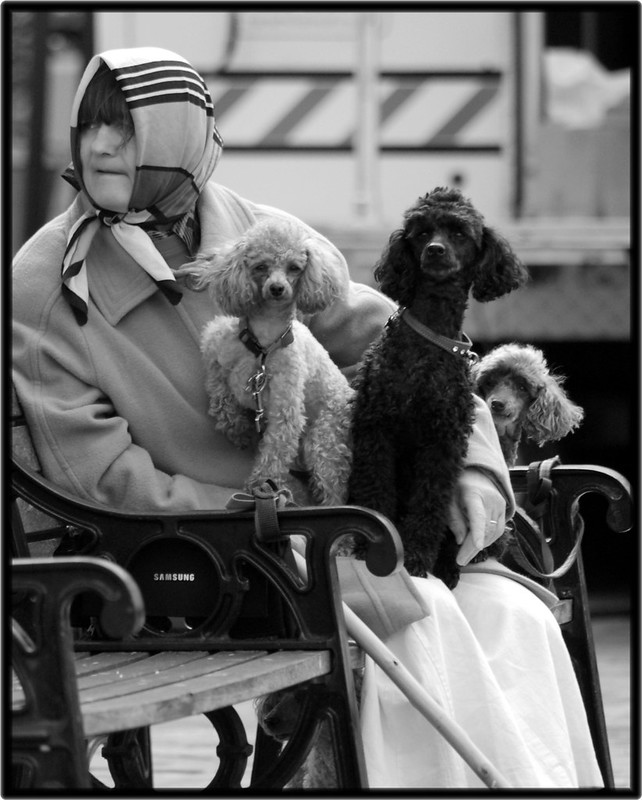
Major museum collections hold his photographs, and his work continues to influence new generations of photographers. Erwitt’s talent for capturing humor in the everyday remains one of his greatest strengths, making his images not just visually powerful, but also thought-provoking and relatable.
Legacy and Impact
Elliott Erwitt’s influence on the photography world is immense. People regard him as a master of visual storytelling, able to create pictures that capture both the complexity and simplicity of life. Many contemporary photographers admire his ability to capture human emotion and humor in a single frame, seeing his legacy in their own work.
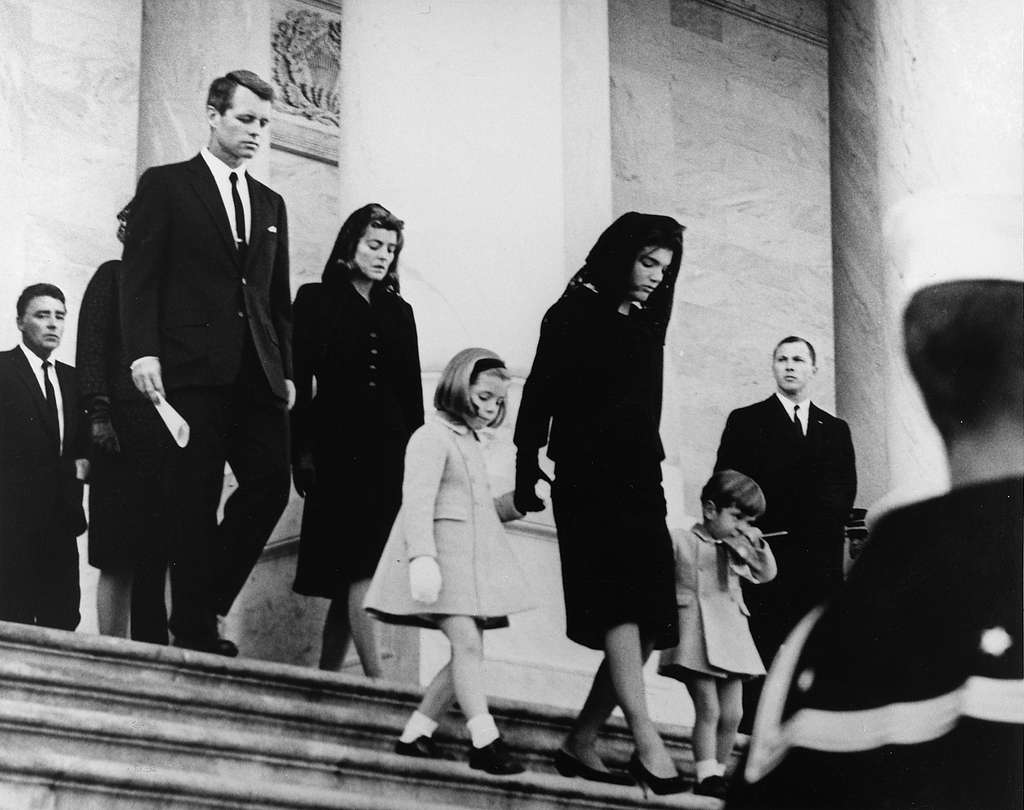
People often describe his photography as timeless, with images that resonate across generations. As one of the leading members of Magnum Photos, Erwitt contributed to the agency’s reputation for showcasing powerful, authentic images of the human experience. He has earned many awards and accolades throughout his career, including the International Center of Photography Infinity Award and honorary doctorates.

Erwitt’s ability to see beauty in the everyday and to capture spontaneous, candid moments is what sets him apart from other photographers. His timeless style makes his photos feel fresh, even decades after they were taken.
Conclusion
Elliott Erwitt’s six-decade-long career as a photographer has made him a key figure in the history of photography. His ability to capture human emotions, humor, and the charm of ordinary moments through his camera has made his work beloved by many. Erwitt’s photographs transcend time and trends, making him one of the most influential photographers of the 20th century.
His legacy continues through his work in Magnum Photos, his numerous publications, and the lasting impact he has had on photography as an art form. Today, his photographs still inspire new photographers and collectors, proving that the power of a single image can speak volumes about the world around us.

